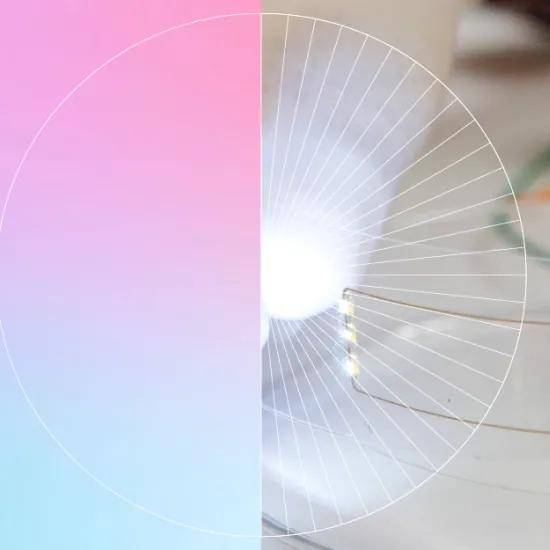Ice formation causes many safety issues and other problems in our day-to-day work and the operation of machines. At Sirris, various experts have sought to improve our knowledge of atmospheric ice formation and to find ways to limit it. These activities form part of the COOCK Fighting Icing and NewSkin projects.
We have now brought this accumulated knowledge together in three white papers:
The impact of ice formation
Making the right choice and implementing solutions to avoid or reduce the effects of icing requires knowledge about the icing process, and that is the purpose of this report. The aim of the report is to provide the reader with basic knowledge about ice formation, its consequences and ways of limiting its effects.
State-of-the-art ice detection
As part of the COOCK Fighting icing project, Sirris has made a state-of-the-art report available, covering the ice detection techniques that are already commercially available. These are sensors that operate according to three principles:
- Electrical principle: measurement of changing impedance and capacitance on the sensor surface.
- Optical principle: measurement of an optical signal that is influenced by ice formation between the source and the receiver of the signal.
- Mechanical principle: measurement of the changing vibration of a probe on which ice is formed.
Anti-icing coatings
This report discusses mainly passive anti-icing systems. This report focuses on already-available solutions and gives an overview of new developments and techniques in ice prevention.





